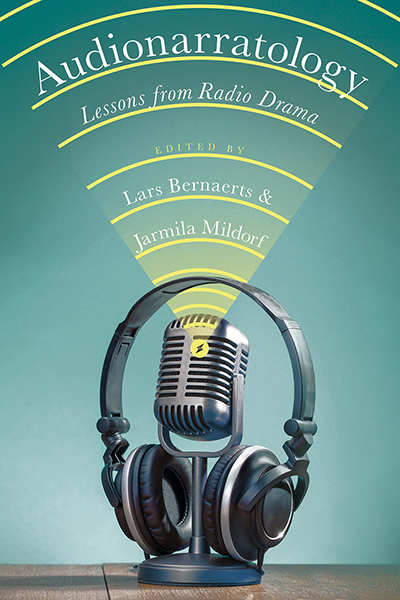
emergency locator transmitter ( ELT)) if available and when appropriate.Ħ.11 Action by Stations Other than the Station in DistressĪn aircraft station that is not in distress should transmit the distress message when:
activate automatic emergency equipment (i.e.  exchange further distress traffic as applicable. When an aircraft is threatened by grave and imminent danger, and requires immediate assistance, the person in command should direct appropriate action as follows: In addition, all necessary steps shall be taken to notify the appropriate search and rescue authorities of the situation. The intervals between repetitions of the distress message shall be sufficiently long to allow time for stations receiving the message to reply.Īny station that has heard an unacknowledged distress message, and is not in a position to render assistance, shall take all possible steps to attract the attention of other stations that are in a position to assist. The distress message shall be repeated at intervals by the aircraft in distress until an answer is received or until it is no longer feasible to continue. Note: If the aircraft can transmit the distress message immediately after the distress call, then items 1 and 2 may be omitted from the message. the call sign of the aircraft in distress spoken three times. the distress signal "MAYDAY" spoken three times. The distress call identifies the station in distress, and such calls shall be sent only on the authority of the person in command of the station. These stations may, however, delegate the control of distress traffic to another station, such as an aeronautical station, which normally has a very efficient interface with air traffic control ( ATC) and all search and rescue ( SAR) organizations. The control of distress traffic is the responsibility of the aircraft in distress or of the station which relays the distress message.
exchange further distress traffic as applicable. When an aircraft is threatened by grave and imminent danger, and requires immediate assistance, the person in command should direct appropriate action as follows: In addition, all necessary steps shall be taken to notify the appropriate search and rescue authorities of the situation. The intervals between repetitions of the distress message shall be sufficiently long to allow time for stations receiving the message to reply.Īny station that has heard an unacknowledged distress message, and is not in a position to render assistance, shall take all possible steps to attract the attention of other stations that are in a position to assist. The distress message shall be repeated at intervals by the aircraft in distress until an answer is received or until it is no longer feasible to continue. Note: If the aircraft can transmit the distress message immediately after the distress call, then items 1 and 2 may be omitted from the message. the call sign of the aircraft in distress spoken three times. the distress signal "MAYDAY" spoken three times. The distress call identifies the station in distress, and such calls shall be sent only on the authority of the person in command of the station. These stations may, however, delegate the control of distress traffic to another station, such as an aeronautical station, which normally has a very efficient interface with air traffic control ( ATC) and all search and rescue ( SAR) organizations. The control of distress traffic is the responsibility of the aircraft in distress or of the station which relays the distress message. 
All stations which hear it shall immediately cease any transmission capable of interfering with distress traffic and continue to listen on the frequency used for the distress call. The distress call has absolute priority over all other transmissions.
aware that an aircraft, ship or other vehicle is threatened by grave and imminent danger and requires immediate assistance. threatened by grave and imminent danger and requires immediate assistance or. The distress signal indicates that a person or station sending the signal is: In radiotelephony, the spoken word for distress is "MAYDAY", and it should be used at the commencement of the first distress communication. (121.5 MHz), or any other frequency available, in an effort to establish communications with any aeronautical ground station or other aircraft station. If the aircraft is unable to establish communications on the frequency in use, the distress call and message should be repeated on the aeronautical emergency frequency 
The first transmission of the distress call and message by an aircraft should be made on the air-ground frequency in use at the time. These procedures shall not, however, prevent a station in distress from making use of any means at its disposal to attract attention, make known its position and obtain assistance. 6.2 Distress Communicationsĭistress communications should be conducted in accordance with the procedures outlined in this section. A condition concerning the safety of an aircraft or other vehicle, or of someone on board or within sight, but which does not require immediate assistance.







 0 kommentar(er)
0 kommentar(er)
